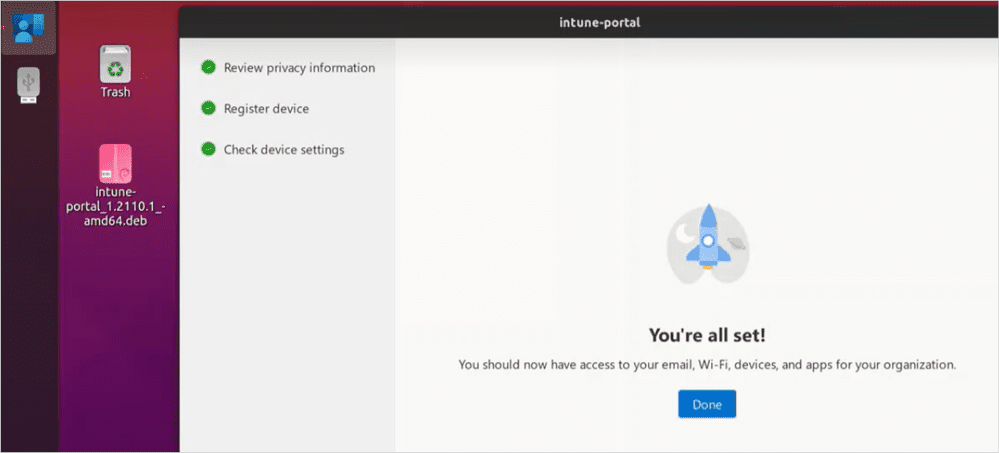Microsoft Plans to Enable Organizations to Manage and Protect Linux Desktops

Microsoft has announced its plans to bring Linux support to its Microsoft Endpoint Manager solution. The new feature will enable enterprise customers to access corporate resources through conditional access policies in Microsoft Endpoint Manager.
Microsoft Endpoint Manager is a free cloud-based solution that helps organizations to reduce the time and effort involved in managing all desktop and mobile devices. It includes Microsoft Intune, Windows Autopilot, Desktop Analytics, Configuration Manager, co-management, as well as the admin center to help IT Admins protect and manage devices in their organization.
With this new Linux desktop management capability, IT Admins will be able to configure Azure Active Directory (Azure AD) conditional access policies targeted at Linux devices. They will also be able to apply and manage security policies from Microsoft Defender for Endpoint. It should help to ensure that only compliant Linux devices can gain access to corporate resources such as Microsoft 365 apps.
“Rather than allow exceptions for these specialty devices (which might have resulted in Linux desktops in an organization being unmanaged and unprotected), or blocking the use of them entirely, Endpoint Manager will allow organizations to target Linux devices and apply Conditional Access, device compliance, and device configuration policies,” the Microsoft Endpoint Manager team explained.

Linux desktop management support coming soon to Ubuntu
According to Microsoft, the Linux desktop management support will initially be available for Ubuntu devices. However, the company plans to add support for Redhat, CentOS, and Fedora in future releases.
The Linux desktop management is expected to begin rolling out to Microsoft Endpoint Manager customers in preview later this year. Keep in mind that this capability will be available as an add-on to Microsoft 365 subscribers, and we invite you to check out Microsoft’s blog post for more details.



